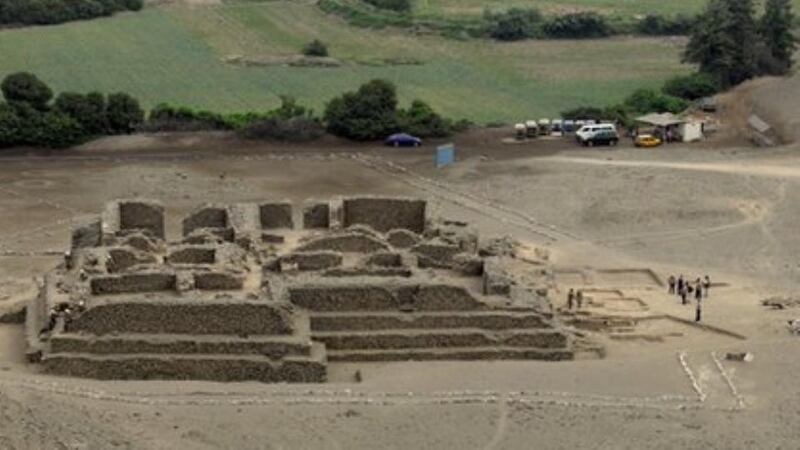Authorities in Peru say a pyramid on one of the oldest archaeological sites in the Americas, parts of which date from 3,000 BC, has been destroyed by property developers.
Criminal charges are being brought against representatives of two companies over the damage. Those responsible face as many as eight years in prison, authorities have said.
A statement issued by the country’s culture ministry described the attack, which occured on June 29th, as an “attack on the cultural heritage of the nation” and said the damage caused to the structure is “irreparable”.

The developers were caught by police attempting to tear down some of the 11 other pyramids on the site.
After knocking down the 6m (20-foot) high building, which covered 2,500m (3,000 yards) square, the group scattered refuse over the rubble and set it ablaze.
The destruction comes five months after archaeologists found a temple on the archaeological site, known as El Paraiso, which may be as old as Caral, a 5,000-year-old temple north of Lima discovered in 2001.
At 3,000 BC, the complex would predate the Step Pyramid in Egypt and Stonehenge in England.
Marco Guillen, who headed the team of archaeologists that made February's discovery, said at the time that additional security was needed to prevent theft and illegal urban settlements. Peru, best-known for the Inca Empire that lasted for a century until the Spanish Conquest of 1532, was previously dominated by civilizations such as Chavin, Wari-Tiahuanaco and Mochica. Those civilizations came after the people who built El Paraiso and Caral.











